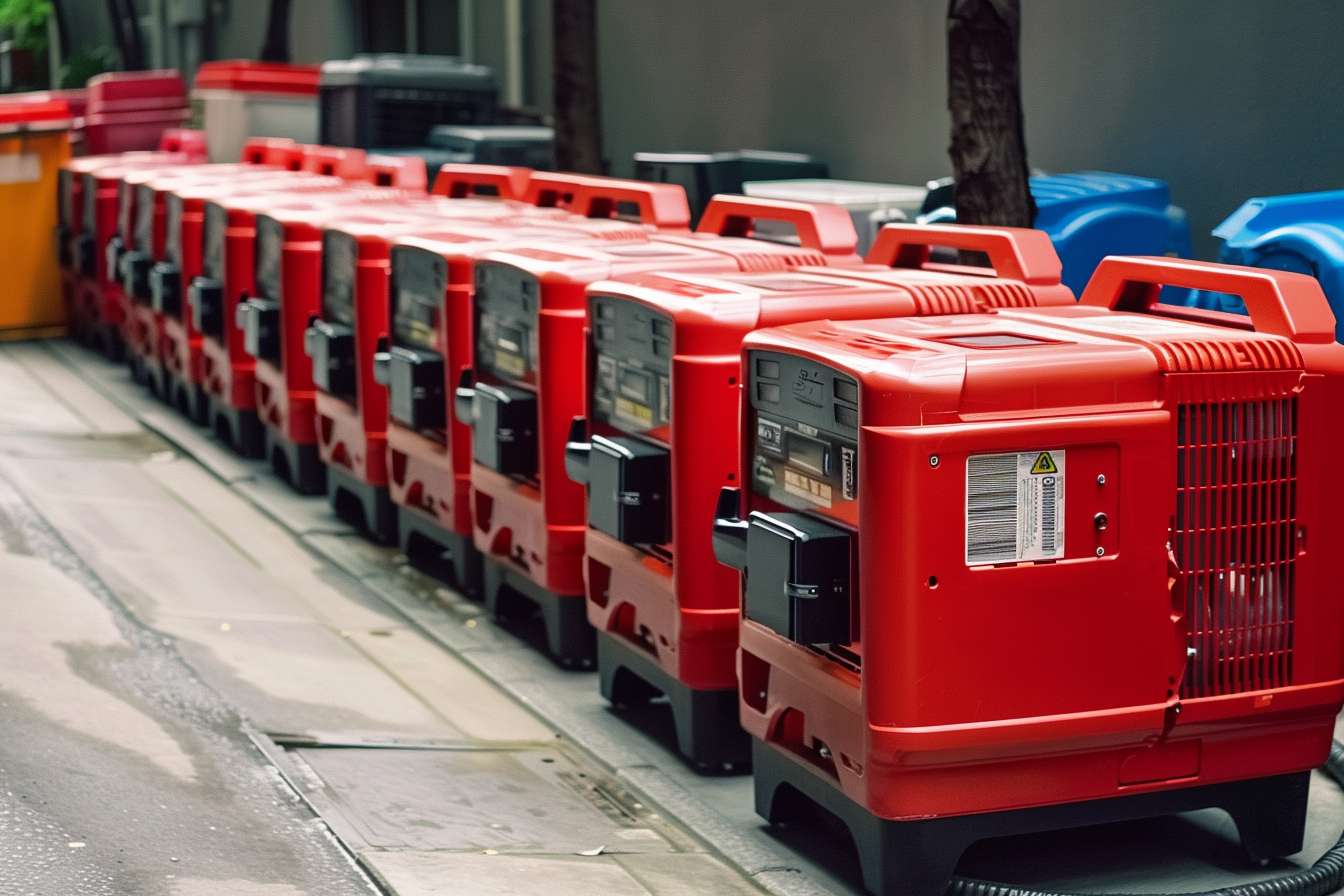Vaccination Records, Quarantine Rules, and Border Clearance Explained for Global Moves
Moving a companion animal internationally requires careful preparation and accurate paperwork. Essential items often include up-to-date vaccination records, a recognized microchip, official veterinary certificates and permits. Understanding quarantine rules, customs checks and biosecurity requirements for the destination country reduces delays, protects public and animal health, and helps ensure a smoother transport experience for both pet and owner.

Vaccination records and documentation
Accurate vaccination records are the backbone of pet travel documentation. Many countries require proof of rabies vaccination with dates, vaccine brand and batch number recorded by a licensed veterinary professional. Additional vaccines or tests may be required depending on destination-specific biosecurity concerns. Official health certificates or endorsements from government veterinary authorities often accompany vaccination records, and documentation should be kept in both paper and digital forms. Presenting complete, correctly dated paperwork at ports of entry helps speed clearance and reduces the chance of quarantine or refusal of entry.
Microchip and companion identification
Most destinations require a microchip that meets ISO standards or is accompanied by a compatible reader or transponder documentation. The microchip links your companion animal to its registration and health records; ensure the chip number on the microchip matches the number on all certificates and permits. Update the registry contact details before travel so officials can reach the responsible person. If a country requires a specific microchip standard, consider getting the correct device and verifying implantation and registration with your veterinary provider well in advance.
Quarantine rules and permits
Quarantine requirements vary widely: some countries impose no quarantine for animals meeting import conditions, while others require a period in a government facility. Permits are commonly needed before arrival, and lead times for approval can be weeks or months. Certain tests—such as a rabies antibody titer—may allow quarantine waivers when performed at approved laboratories within specified windows. Always confirm permit application steps, required lead times, and any quarantine exemptions for your destination, and plan for the possibility of unexpected holds or additional testing on arrival.
Customs, biosecurity, and clearance
Customs and biosecurity inspections focus on preventing agricultural and public health risks. Officials check documentation, scan microchips, and may inspect animals or personal items for pests or prohibited materials. Clearance processes typically involve declaring the animal, presenting veterinary certificates, and paying any applicable inspection fees. Biosecurity rules can include restrictions on raw food, plant materials, and certain animal products in the carrier or luggage. Understanding the destination’s biosecurity priorities helps you prepare documentation and packaging that meet customs expectations.
Transport, carrier, and crate requirements
Transport rules differ by airline, carrier and country. Approved crates must meet size and strength standards so your companion can stand, turn and lie down comfortably; many carriers specify specific crate models or ventilation levels. Carriers and ground transport services may also require certain documentation on board, such as health certificates or permits. Plan acclimatization so the animal is familiar with the crate, and discuss whether sedation or medication is advisable with a veterinary professional—some airlines prohibit sedated animals. Verify carrier rules, required reservations, and any seasonal or route-specific restrictions.
Veterinary care, medication, acclimatization
A pre-travel veterinary check should confirm vaccinations, microchip function, and overall fitness to travel. Carry prescribed medication in original packaging with veterinary notes stating purpose and dosage. Acclimatization practices—such as crate training and short trial journeys—help reduce stress during longer transport. Keep copies of all veterinary records easily accessible, and consider a summary sheet with critical health information for inspectors. This preparation supports both animal welfare and the documentation customs officials review during clearance.
This article is for informational purposes only and should not be considered medical advice. Please consult a qualified healthcare professional for personalized guidance and treatment.
In summary, international pet moves require aligned documentation, correct identification, knowledge of quarantine and permits, and attention to transport and veterinary requirements. Early planning and verification with destination authorities, transport providers and your veterinarian reduce surprises and support the well-being of your animal during relocation.





